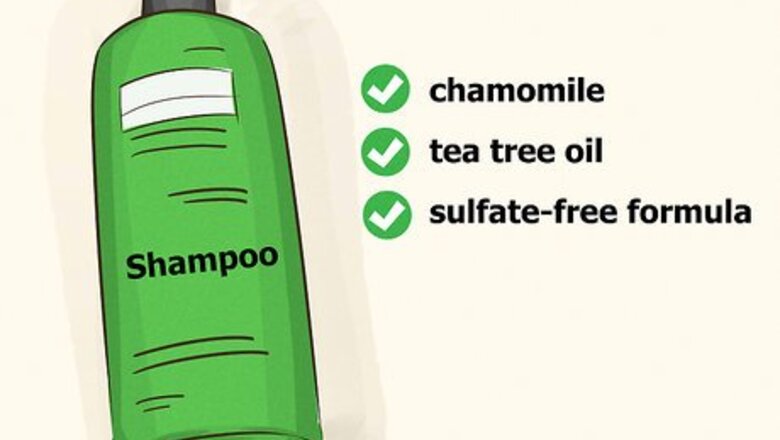
views
X
Research source
Make sure to hydrate after washing and restore some moisture to the hair with a natural oil and leave-in conditioner.
Applying Shampoo
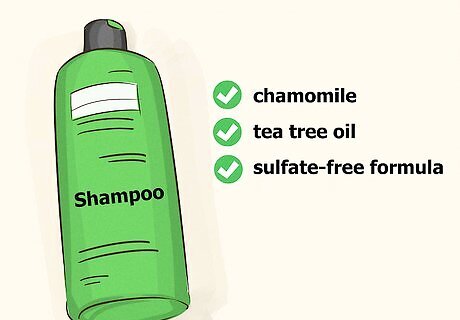
Choose a clarifying shampoo. Look for natural ingredients, such as chamomile and tea tree oil, as well as a sulfate-free formula. A clarifying formula will help wash away dirt and product buildup on your scalp.
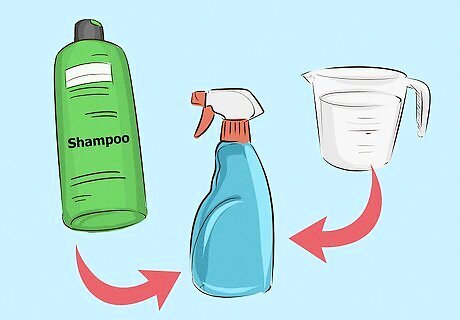
Mix equal parts shampoo and water in an applicator or spray bottle. Shake well to combine the ingredients and create a foamy, diluted solution. Diluting the shampoo makes the consistency much thinner and more manageable, which will make the rinsing process much easier.
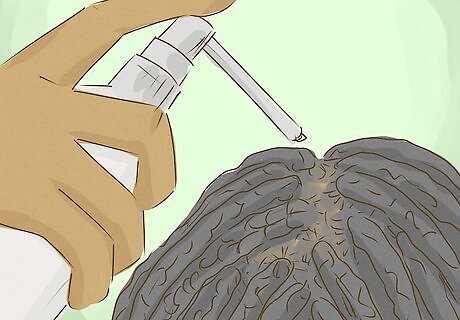
Apply the shampoo mixture directly to the scalp. Work section by section, flipping over sections of hair to expose parts of your scalp. Generously coat the whole scalp with shampoo. Make sure to coat your hairline as well, covering the baby hairs along the sides.
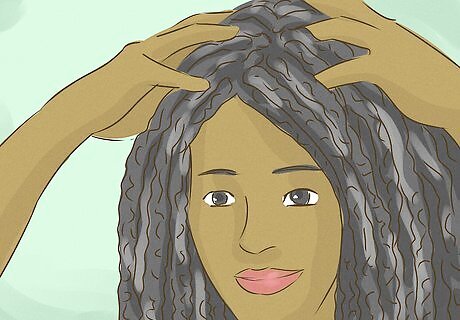
Massage the shampoo mixture into the scalp with your fingertips. Use small, slow circular motions to work in the shampoo. The shampoo should create a light, foamy lather. Make sure to be very gentle. Frequent wetting, handling, and rubbing can create frizz and will damage the braids or make them look old. Using the pads of your finger, not your nails, is important for protecting the scalp and the base of the braids.
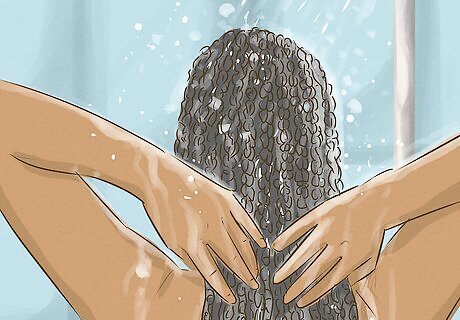
Rinse out your hair in the shower. Let the water rinse away the shampoo from the roots. Massage the roots very gently and flip over sections of hair for easier access to the water. If you can, ask someone to help you by holding the ends of the braids to the side. This will prevent the full lengths from getting wet, which will keep your braids from feeling heavy and drying slowly. If you don't pull the ends to the side, the rinsing process will wash the shampoo down through the ends of your hair, naturally cleaning them. This could cause the braids to become heavy, though. They will also take a long time to dry.
Conditioning
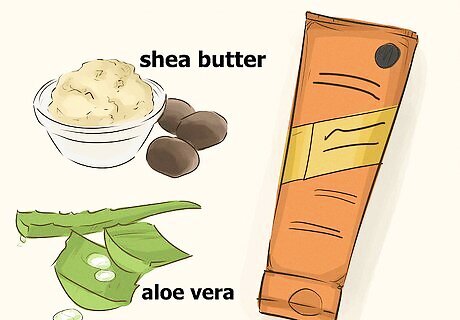
Select a hydrating conditioner. Tightly braided styles can dry up the moisture in your hair and make the scalp itchy, so it’s important to use a conditioner that will replenish that moisture. When choosing your conditioner, look for naturally hydrating ingredients such as aloe and shea butter. You should also make sure to avoid products with harsh ingredients such as sulfates and parabens, which can damage your hair. If you want a faster and easier application, you can always choose to use a leave-in conditioner.
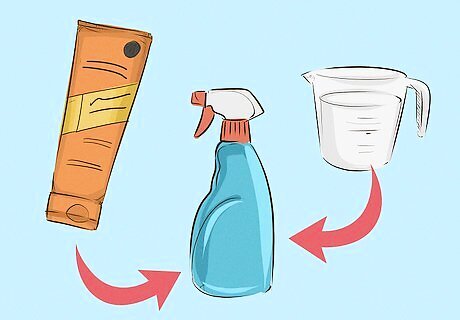
Mix equal parts conditioner and water in an applicator or spray bottle. After pouring the conditioner and water into the bottle, close it and shake the ingredients together. Keep shaking until they combine into a milky liquid.
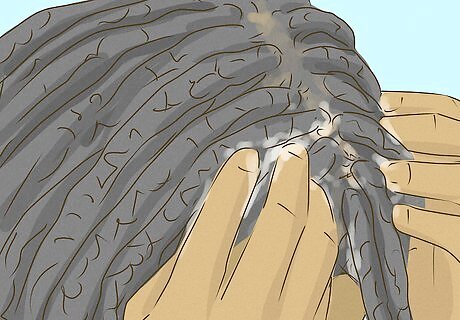
Pour or spray the mixture over the scalp and braids in the shower. Thoroughly and evenly cover all of your hair with the diluted conditioner. This is best done in the shower, where you don’t have to worry about making a mess.

Let the conditioner sit for 5-10 minutes. Stay in the shower while the conditioner sets. This will restore the moisture to your hair and leave it hydrated.
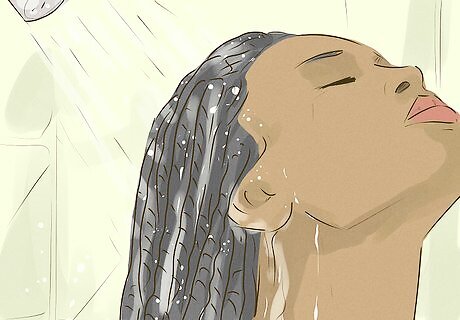
Rinse the conditioner out thoroughly in the shower. Go section by section and let the water wash through your hair. Massage your roots with your fingertips to remove any excess conditioner from the scalp.
Drying

Wring out as much of the water as you can by hand. Take handfuls of braids and squeeze gently to remove as much excess water as possible. Be very gentle and don’t rub back and forth or pull on the braids.

Wrap your hair up in a towel and let it sit for 10 minutes. Gently wrap a towel around your head and the braids, then twist it once and let it rest on top of your head. This will help drain some of the excess moisture and set the braids.
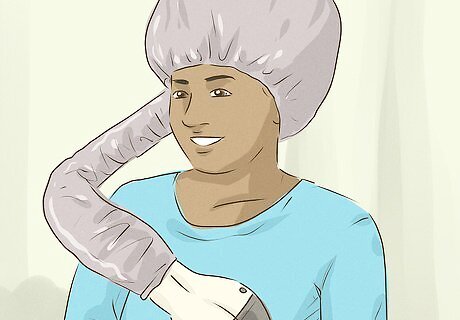
Dry your hair with a hooded dryer if possible. You will want to stay under the hooded dryer until your braids are about 75-80% dry. These can be found at salons or you could invest in purchasing one yourself.

Let your hair air-dry if you don’t have a hooded dryer. Leave your braids down and don’t style them until they’re completely dry. Air-drying usually takes a full day. Leaving your braids down until they’re completely dry will help prevent dandruff, fungus, and mildew.
Hydrating

Choose an oil to rehydrate your hair. Look for a gentle natural oil such as jojoba or almond oil. This will help bring moisture back to your scalp, smooth your hair, and keep your scalp from getting itchy.
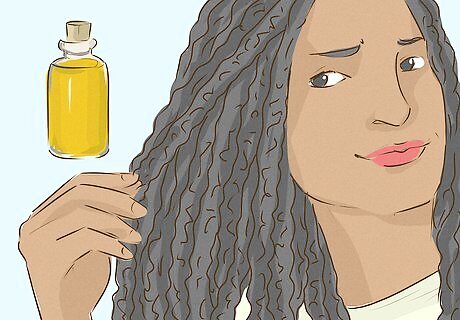
Apply the oil when your hair is almost fully dry. Your scalp and roots should be mostly dry, but it’s okay if the tips are still a bit wet.
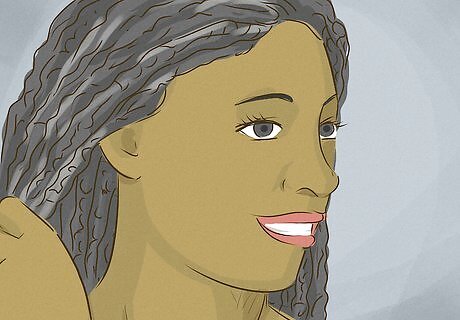
Pour on small amounts oil to lightly coat the scalp. Work section by section through your hair, pouring a little oil onto the scalp between the braids. You can either apply straight from the product’s bottle or pour some oil into an applicator bottle and use the smaller tip for a more controlled application. If you accidentally pour on too much oil, gently spread it out by massaging it into the surrounding area.
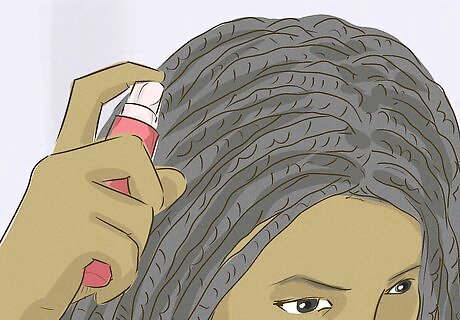
Spray on a leave-in conditioner for additional hydration. If your hair tends to dry out quickly, use some leave-in conditioner in addition to the oil. Spray it directly onto the scalp and the tops of the braids. Let the leave-in conditioner sit and absorb before putting your hair up.




















Comments
0 comment